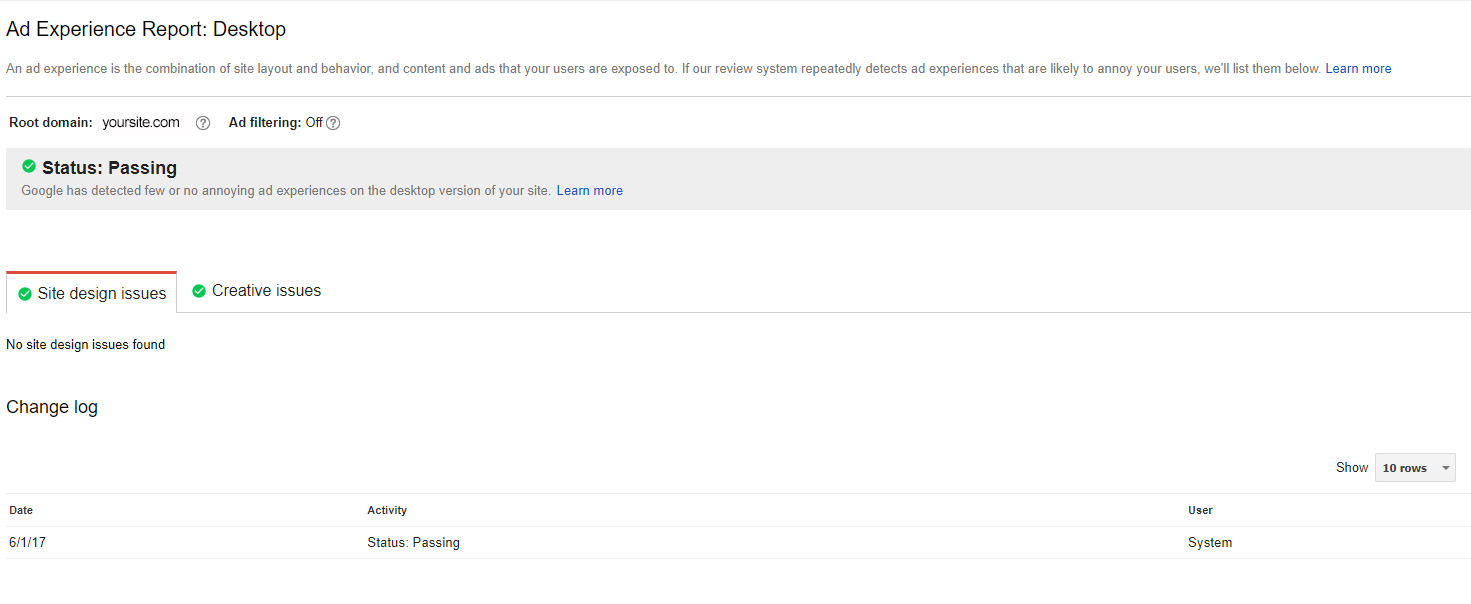
Google destination page requirements update

By Nate Wood|2 Sept 2022
Paid search | 3 MIN READ
Announced in August to all Google Ads advertisers, from October, Google will require all ad destination pages to conform to the Better Ads Standards.
Google is doing all it can to drive publishers and advertisers to improve user standards. This latest announcement is another step in creating better user experiences. Once Google makes it clear site owners will/might suffer with a reduction in traffic, it's fair to say there is always a positive move toward making the required improvements.
Nate Wood, Strategy Director
What is the impact?
You could have some of your ads disapproved automatically, stopping ads from serving and reducing your traffic and conversions from Google Ads.
What are the Better Ads Standards?
The Coalition for Better Ads was set up in 2016 to tackle the problem of consumers installing ad-blocking software in response to poor ad experiences. Pop-ups, sticky ads, pages stuffed with too many ads, video pre-rolls that go on for too long – we’ve all been on the wrong end of a poor ad experience. Ad blockers made that wish a reality, threatening the ability for publishers to monetise their content to keep it free.
Google, Microsoft, Facebook and some large industry advertisers recognised the need for better ad experiences. They formed the Coalition for Better Ads to understand (exactly) what consumer preferences are.
Through ongoing research, including extensive consumer input, the Coalition released its first set of Better Ads Standards in 2017. The Coalition has continued refining these standards as the web and consumer expectations evolve.
What do the Better Ads Standards say?
The Coalition for Better Ads website contains all the necessary information. In a nutshell, you need to avoid the following:
- Pop-up ads – Google Ads has had a problem with pop-ups for a long while, so advertisers should already know not to link to pages with disruptive pop-ups.
- Prestitial ads – on both desktop and mobile, the use of pages that only contain an ad, usually with a countdown in the corner, that are displayed before the consumer can see the content they requested.
- Large sticky ads – large areas that scroll through the page with the consumer. It would seem that small sticky ads are ok, but large spaces interfering with the visibility of the content are a no-go.
- Auto-playing ads with sound – who doesn’t hate this one?! Trying to find the window that has sound playing at a stupid volume.
- Pages with high ad density – pages with more than 30% ad density interfere with the mobile browsing experience.
- Flashing animated ads – we can’t believe there needs to be a standard against these because it’s so obvious not to use them, but there you go.
- Video interstitials – these are targeted at mobile apps. Unskippable, interruptive interstitials in mobile apps.
- Video – long, unskippable pre-rolls and mid-roll ads are advised against. Not sure how YouTube will handle this one, seeing as mid-rolls and unskippable pre-rolls are in high abundance.
Want to know if your website will be affected by this change?
What should you do?
Google advises checking the ad experience report to check which of your ads and corresponding destination URLs do not conform to the standards.
You won’t find this report in your Google Ads account. It’s a separate report for which you’ll need a Google Search Console (GSC) login. If you currently sit on a PPC team, you’ll need to speak to your SEO colleagues and request a login to your GSC to see the report for your GSC-verified domain.
When you do get access, hopefully, you’ll see something like this:

Green is good!
This is a relatively new tool with some oddities at the time of writing. If you have more than one verified domain attached to your GSC login, then the domain selector in the page is temperamental in that it doesn’t always show the domain you selected.
We have access to many of our client domains, and many of those domains were returning a “Not reviewed” message. Be patient and keep checking back.

We don’t have an example of a failing report to show at this point, but we will provide an update if we do.
You can also check your landing page experience scores in Google Ads, indicating any potential problems. Although this is a different metric, the intention of the score is essentially the same. It may help hone in on some destination pages already suffering from low landing page experience.
Finally, open up the conversation within your organisation. The need for destination pages to adhere to the Better Ads Standards is not just an advertising problem - it’s a multi-discipline consideration. Any failing pages will likely need a redesign and redeployment, not typically something an advertising team can correct on its own.
Want to know more about how Google's Google destination page requirements update may affect your website? Call us on 01903 285900 or contact our team and set up an initial call.




